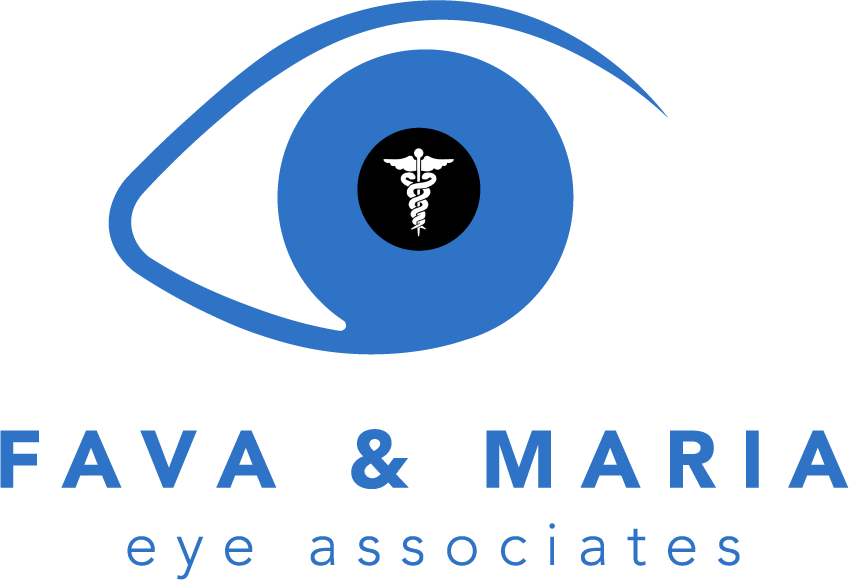Laser vision correction, also known as Photorefractive Keratectomy, is the predecessor to LASIK (Laser In-situ Keratomileusis) and is a commonly performed procedure that can produce excellent results. PRK is often performed when a patient’s cornea is too thin for LASIK. The main difference between PRK and LASIK is that PRK does not require the creation of a corneal flap. Instead, the epithelium or the eye’s outermost layer is removed and then the laser energy is applied directly to the surface of the eye.
Although the results of PRK are comparable to LASIK, the recovery process is different. Because the epithelium layer is removed during PRK, it takes a few days for this layer to regenerate and re-cover the surface of your eye. There is a slightly higher risk of visual haziness and eye infection in the first few days after PRK compared to LASIK recovery.
Improvement of your vision after PRK is also more gradual than LASIK. Your final results may take several weeks to become apparent. However, PRK does have some distinct benefits:
- Procedure can be used on patients with thinner or steeper corneas;
- No risk of complications with a corneal flap;
- Reduced risk of corneal thickness being compromised
After PRK is completed, a soft contact lens is applied to your eye to help protect it while it heals. It usually takes about five days for your epithelial cells to grow back; once this happens, the contact lens will be removed.


Saturday By Appointment Only